A Coordinated Effort to Hyperarouse our Children~ 4 Cs in 21st Century Learning
By Alice Linahan (Updated)
May 26, 2016
In America, we have a history of great prosperity and innovation, because, in the past, we’ve valued an Education of opportunity (Equal Opportunity) based on an individual’s success and freedom to use their God-given abilities to achieve great things. When a child has a solid foundation and can read, write, do math and knows history; as an adult that individual is free to succeed, and, free to fail, and then learn from that failure and go on to do great things and achieve the “American Dream.”
In America we have shifted from a Kindergarten -12th-grade system of education to what is known as a P-20 W (Pre-School through the workforce) education of Equity (Equal Outcomes,) based on “Forced Equity”
In the United States of America, we are a “Constitutional Republic” not a Democracy.
Just after the completion and signing of the Constitution, in reply to a woman’s inquiry as to the type of government the Founders had created, Benjamin Franklin said, “A Republic, if you can keep it.”
A Republic is representative government ruled by law (the United States Constitution). A Democracy is government ruled by the majority (mob rule). A Republic recognizes the unalienable rights of individuals while Democracies are only concerned with group wants or needs for the good of the public, or in other words social justice.
Let’s start with a little housekeeping on true definitions used by Educrats.
“Deliberative Democracy” is NOT a phrase to refer to a culture that allows deliberation and discussion of individual ideas. “Deliberative Democracy” , as attorney, Robin Eubanks, author of Credentialed to Destroy points out, “seeks the formation of a consensus view of shared interests and common goods.”
The shift in education today is clearly away from academics and the 3 R – Reading, Writing and Arithmetic to Attitudes, Values, Beliefs, and Behaviors taught through the 4 Cs.
Do you know what the 4 Cs are preparing 21st Century Students for a Global Society? A-Guide-to-Four-Cs
Critical Thinking – In the Elementary and Secondary Education (ESEA) reauthorization legislation which is now known as the Every Student Succeeds Act (ESSA), it is described as Higher Order Thinking (HOTS). Richard Paul wrote back in 1993 in the Introduction to his Critical Thinking book:
“Harnessing social and economic forces to serve the public good and the good of the biosphere…requires mass publics around the world skilled in cooperative, fair minded, critical discourse…it is essential that we foster a new conception of self-identity, both individually and collectively…[we must reconceptualize the nature of teaching and learning so that people learn] something quite new to us: to identify not with the content of our beliefs, but with the integrity of the process by which we arrived at them.”
ESSA is now mandating, a philosophy of education, away from academics, to pushing a mindset of “Deliberative Democracy”. ESSA, which replaced No Child Left Behind (NCLB) passed in December 2015.
This is from an essay called “McPeck’s Mistakes: Why Critical Thinking Applies Across Disciplines and Domains”.
“If you believe in democracy you must believe that citizens have the potential to judge. If you believe that one primary function is to prepare students for participation in democracy, you must agree that helping students refine their ability to judge social, political, and economic questions (and questions to which these subjects apply) as clearmindedly, fairly, and rationally as possible is among the most important and useful functions of education. Use of ‘common sense’ is not inborn, but developed.”
Communication- Which has also been described as BBC (BCC–Behavior Change Communication)
This is what a World Bank paper called Participatory Communication: A Practical Guide stated:
“Most recently participatory approaches to communication have reenforced the emphasis on structural and social change. A broad-based policy debate initiated by the Rockefeller Foundation in 1997 and pursued by the Communication for Social Change Consortium in subsequent years has focused on structural inequality and social transformation. The ‘Rockefeller process’ led to a definition of communication for social change as ‘a process of public and private dialogue through which people themselves define who they are, what they need and how to get what they need in order to improve their own lives. It utilizes dialogue that leads to collective problem identification, decision-making, and community-based implementation of solutions to development issues.’”
It is interesting to note the connection with the Aspen Institute Report Learner at the Center of a Networked World; Co-chaired by former Presidential Candidate Jeb Bush. “That report called for ‘new kinds of skills and learning’. The crucial point to make is that this Aspen vision for digital learning and the K-12 classroom is the same as what is being described as Communication for Social Change. It is also the same as what The Deliberative Democracy Handbook said is required for fulfilling its vision according to Robin Eubanks.
Collaboration- Classrooms that require Collaboration and new political structures with a constant emphasis on the Community as a whole with an obligation to “improve the health and welfare of all its members.” Boosting the cartel power of the public sector while telling individuals they are not even entitled to hold on to their own personal preferences.
The Aspen Institute Report on digital learning called for:
“Rather than systematically accumulating static ‘stocks’ of knowledge, students now need to learn how to actively participate in ‘flows’ of knowledge by engaging with others in the construction of new knowledge. This kind of knowledge is often put to use at the same time it is learned. [Like in an experiment of a theory?] It is most effectively acquired through solving problems with others in an environment that offers an abundance of challenges and unlimited opportunities. [Real world? Authentic?] In this new world, curiosity and creativity becomes critical skills.”
Creativity –Everyone assembled and reporting for duty but in pursuit of Deliberative Democracy and Participatory Governance, not being internationally competitive. As Robin Eubanks points out….
“Maybe that’s because all these education and policy visions view Planned State Capitalism and its Cartel Power over Everyone Else as the desired 21st Century vision of society and an economy. Cartels do hate individual power.”
Now let’s look at the reality on the ground for school districts across the country, using the 21st Century Learning which is the philosophy of education in Common Core, Texas’ College and Career Ready and Workforce Development.
“Student-centered Competency Learning really places the student on the menu and subject to examination and experimentation as data gets collected that gets at “real flesh and blood human beings who are in touch with reality through their sensations, feelings, thoughts, and acts of will.” That education data, even when not personally identifiable, is hugely useful and telling, and is part of a $31 million NSF ‘data-driven science’ initiative announced October 1, 2014.
All that education data gets at the internalized ‘sphere of mental processes’ so it can be known and then altered at will. The teacher need never actually know as the data flows from online assessments into district and state coffers and NSF cyberinfrastructure databases. Competency, which all these listed programs are driving at, assesses the “intellectual and creative capacity for abstract thinking, conceptualizing and logical reasoning which distinguishes man from other creatures” for each student and then begins to manipulate and change the activities to instill as few connections as is possible to carry out essential knowledge and skills.”
Texas has been on the cutting edge of the Common Core/College and Career Ready/Education Reform from the beginning with TASA’s New Texas Vision. TASA’s High Tech High~ Changing a Child’s Mind and America’s Future. And our elected officials know exactly what they are doing, as they are investing in companies tied to the shift in digital learning, while passing legislation allowing for Texas tax dollars to be used to do experimentation on Texas students in school districts without parents even being aware our children are being used as guinea pigs, as I noted in the article Big Data and Our Children’s Security – The Shift to Digital Learning
Texas We Have a Problem….
As my friend, Lidia pointed out…
Does a John Dewey quote at the beginning of a transformation document give an early sign of a bad idea?
TASA’s Student-Centered Schools Future-Ready Students Document; The Moral Imperative: From Vision to Action Future-Ready Superintendents Leadership Institute
The Moral Imperative: From Vision to Action If we teach today’s students as we taught yesterday’s, we rob them of tomorrow. John Dewey, Schools of Tomorrow, 1915
_________________________________________________________________________________
Failure to understand what’s been done to our children is risky business. You can’t stop them unless you understand what they’ve done and what they continue to do. Our children and their future is clearly in danger!
Join the movement to stop the Fundamental Transformation in Education. Help support “A Community’s Journey from #CANiSEE to I CAN SEE What You Are Teaching Our Children.


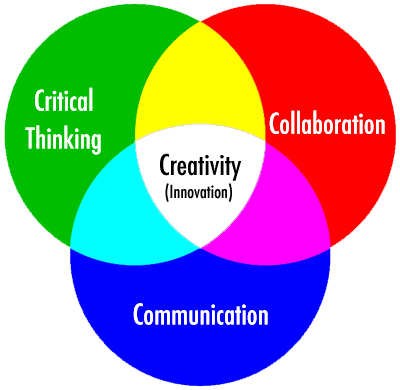
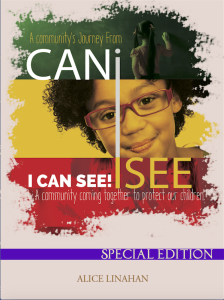
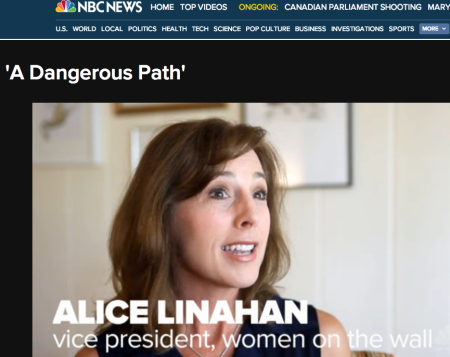
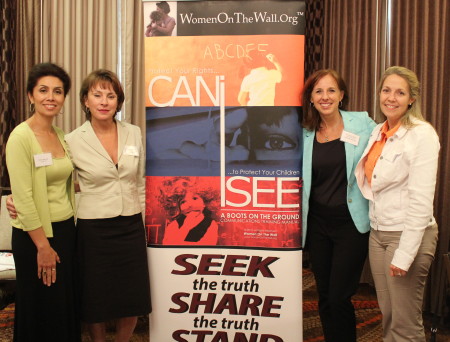
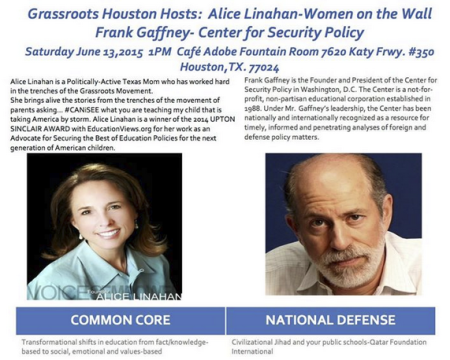
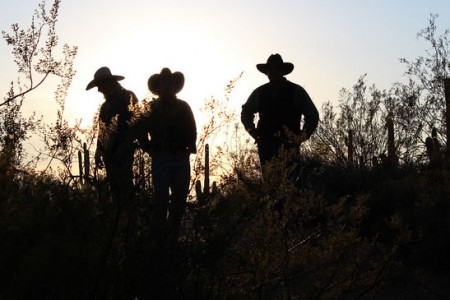
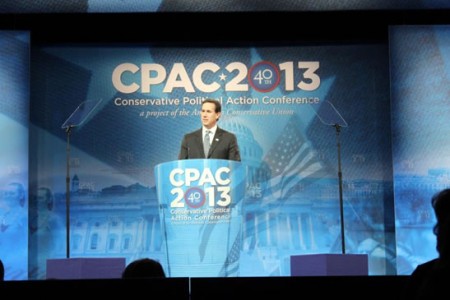
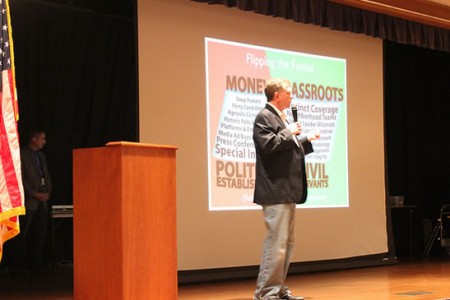
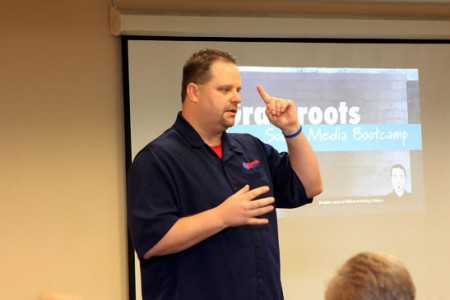
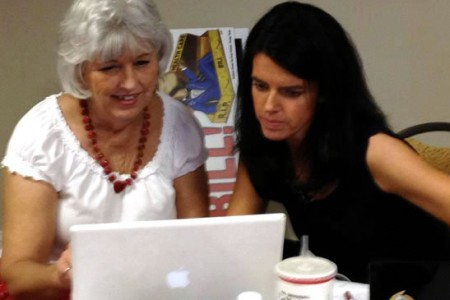
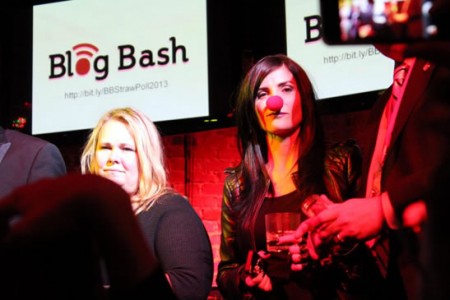

You must be logged in to post a comment.